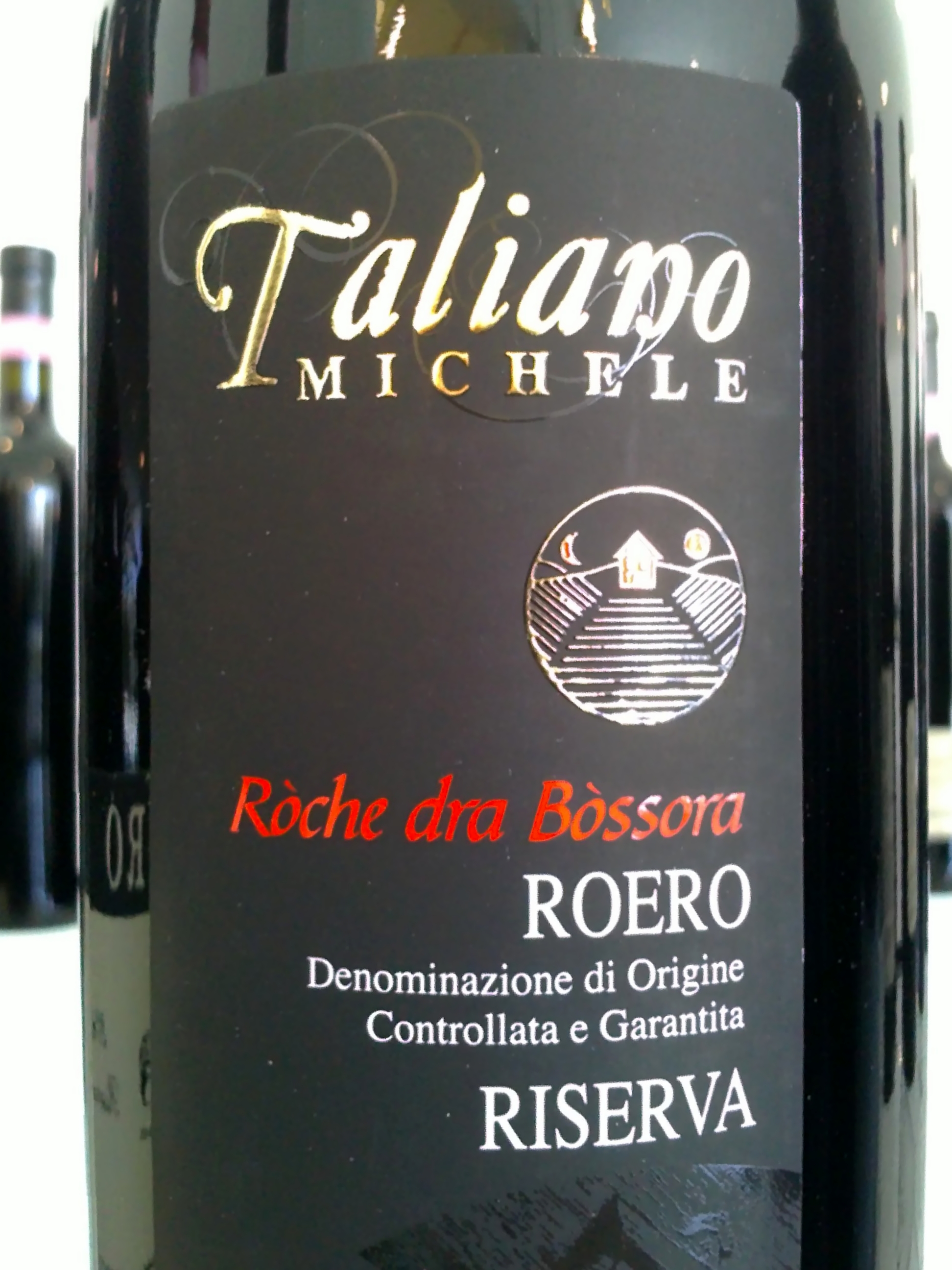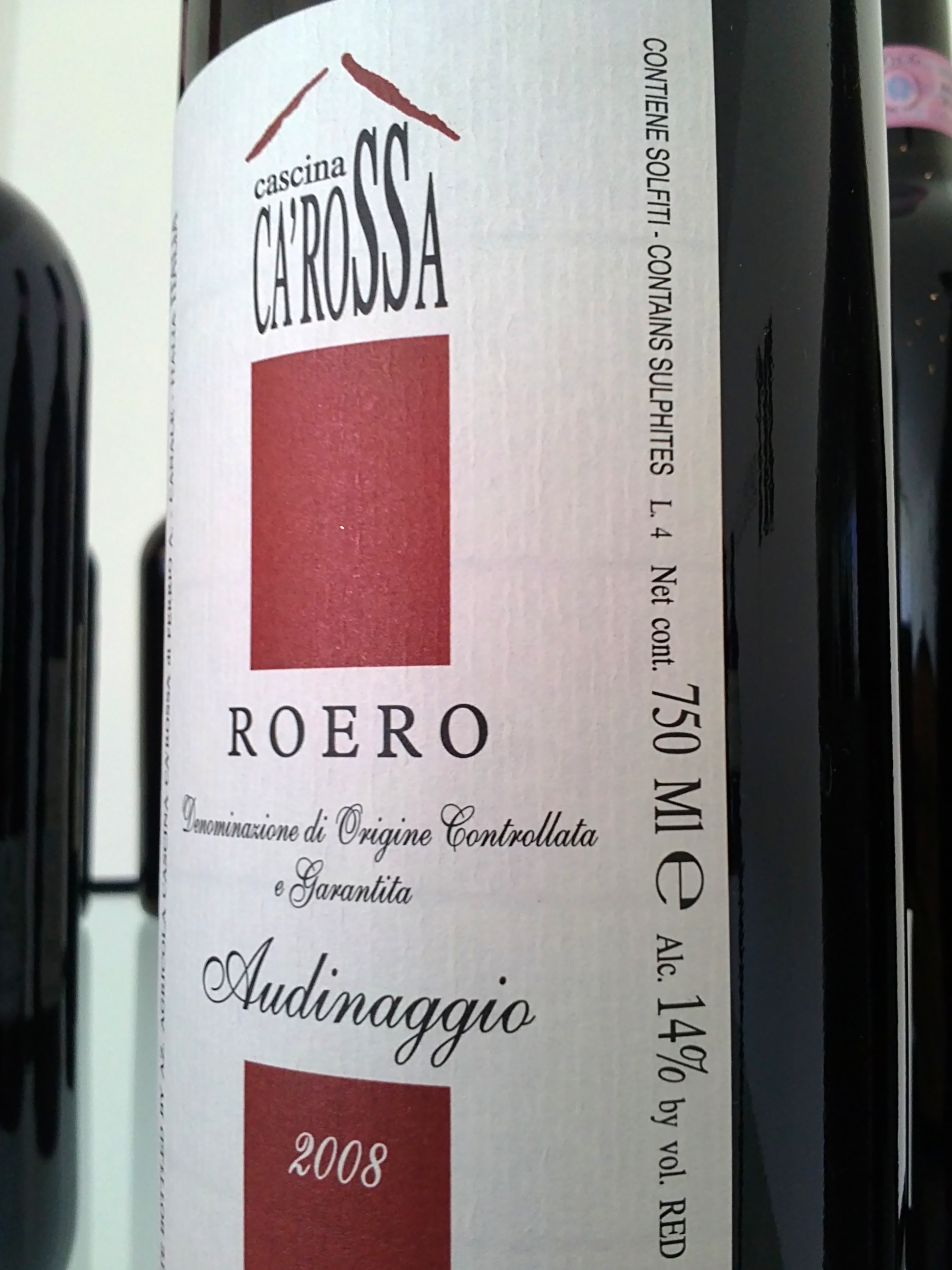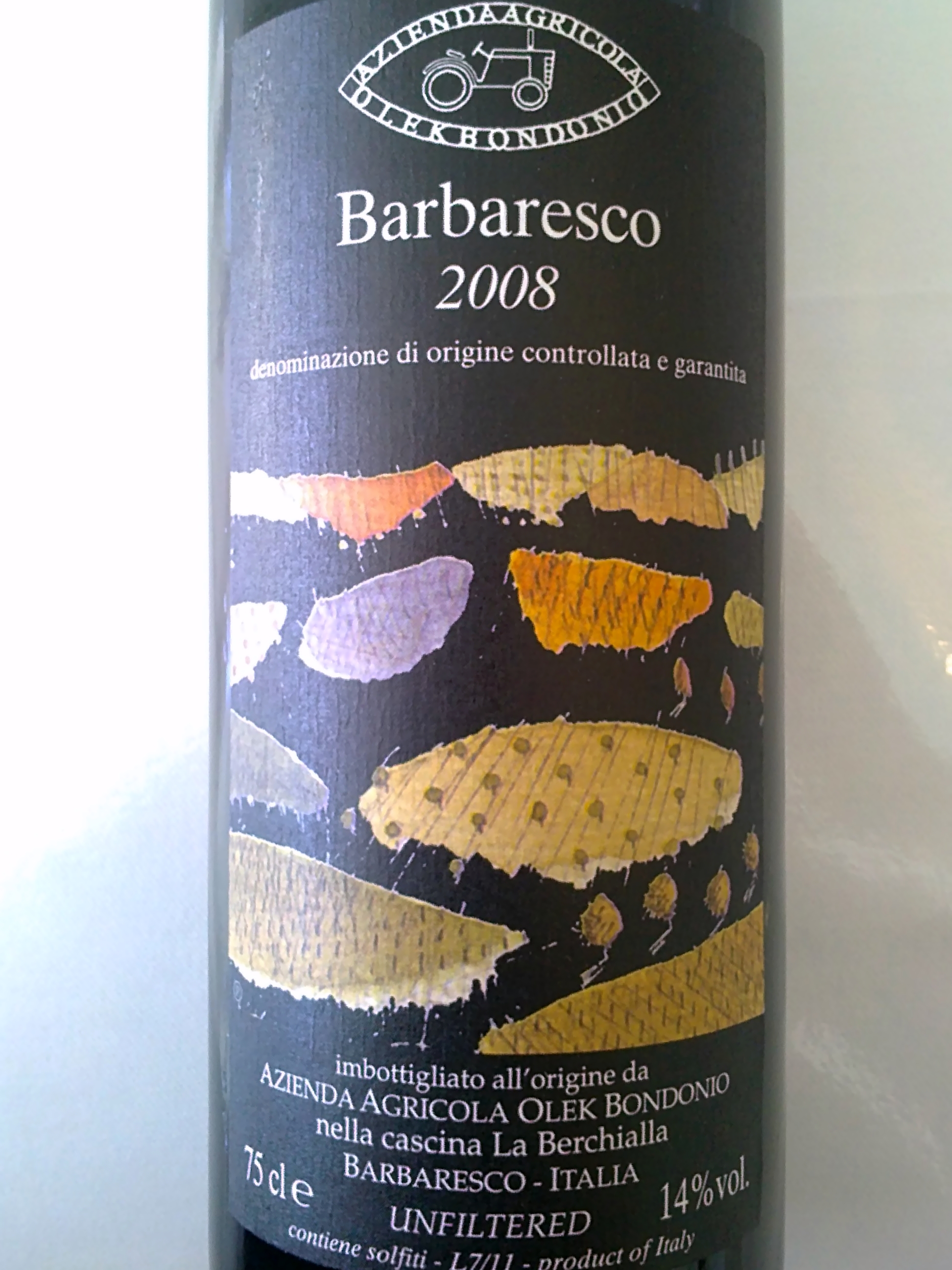Nebbiolo Prima 2011, day 1: improving Roero
Posted on 9 May 2011
Day one of blind tasting at 2011 Nebbiolo Prima. The organisers have reduced the number of samples for each day (wise move) so I went through 57 wines this morning (then retasting the few I particularly liked).
The spotlight was on 2008 Roero. Roero is made from the same grape as Barolo and Barbaresco – Nebbiolo – but is definitely less well-known. Its wines are usually stronger and chunkier than Barbaresco, without the latter’s finesse. But there’s no shortage of good estates here. Although far from homogeneous, I was happy with many 2008s I tasted this morning. Roero is extracting less than in the past (overextraction has long been a major problem for this area), and the wines have a more natural, elegant expression than I remember from 2007 and 2006. Michele Taliano’s Ròche dra Bòssora has consistently been one of the best Roeros, but I was surprised by the god performance of lesser-known estates such as Cascina Val del Prete and Cascina Ca’ Rossa.
I’ve also had a first look at 29 Barbarescos. (The N1 tastings are organised by place of provenance so I’ve tasted wines blended from different locations as well as those from Barbaresco town). It was no easy tasting. The 2008 vintage is looking quite unfriendly at the moment. A cool year, it has produced high acids and high tannins (the latter made worse, again, by overextraction) but rather low fruit. In fact many wines are tasting a bit hollow in the middle. Stern and charmless is how I’d characterise them. However, they are very young and could well improve. (Read my post on Pio Cesare to see why patience is important). 2008 is similar to 2005, which was equally tough to taste at the same stage, but the wines did open after an extra year or two. Yet 2005s have never become terribly expressive or attractive, and it’s not a vintage I cherish. After this first day of tasting I think I’ll have similar feelings about 2008.
There were maybe five or six really good wines: Cascina Morassino, Ca’ del Baio’s Asili, Cascina delle Rose’s Tre Stelle, Castello di Verduno’s Rabajà (lovely airy, transparent style) and Olek Bondonio, a newcomer. I’ll have 45 more Barbarescos to assess tomorrow and meanwhile, I’m off to a retrospective tasting of 2000s: write-up to follow shortly.
Disclosure
My trip to Piedmont including flights, accommodation and wine tasting programme is sponsored by the Albeisa association of wine producers.




